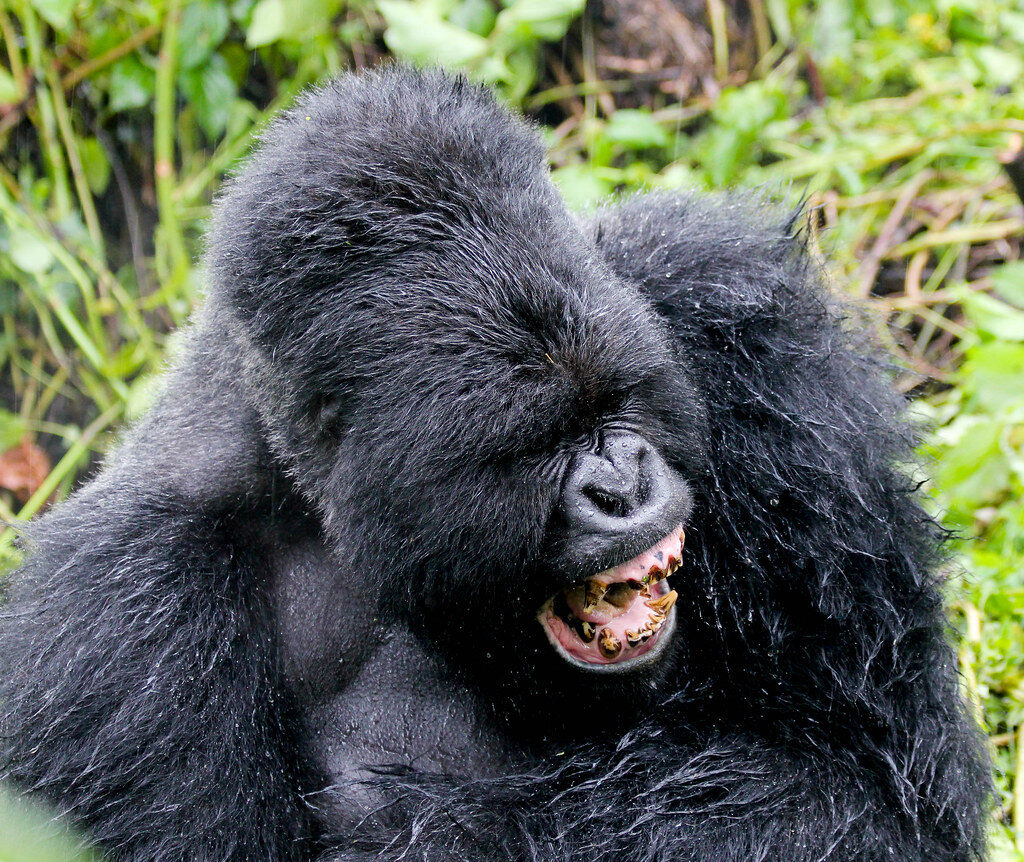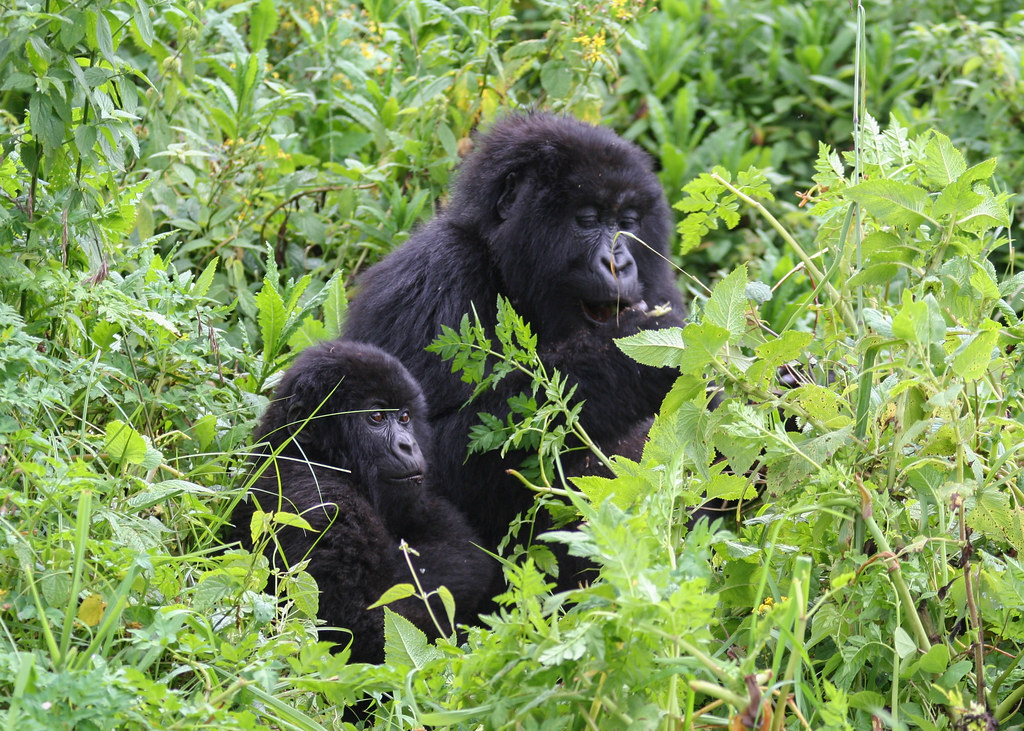How Tourism Protects the Giants
Mountain gorillas are among the world’s most iconic and endangered species, living high in the misty forests of Uganda, Rwanda, and the Democratic Republic of Congo. Once on the brink of extinction, these gentle giants have made a remarkable recovery in recent decades — a conservation success story that is closely linked to the growth of mountain gorilla trekking tourism.
When you take part in a mountain gorilla trek, you’re not only experiencing one of the most thrilling wildlife encounters on earth. You’re also contributing directly to the protection and survival of these magnificent creatures. Here’s how trekking has become one of the most effective tools in mountain gorilla conservation.
The Threats Mountain Gorillas Face
For much of the 20th century, mountain gorillas were severely threatened by habitat destruction, poaching, disease, and conflict. Expanding human settlements and farmland encroached on their forest homes, while poachers targeted gorillas for bushmeat or captured infants for illegal trade.
By the 1980s, fewer than 300 mountain gorillas remained in the wild. Their survival seemed unlikely without urgent intervention.
 The Role of Gorilla Trekking in Conservation
The Role of Gorilla Trekking in Conservation
In the late 20th century, conservationists and governments began developing a bold strategy: make the gorillas economically valuable to local communities through responsible tourism.
By carefully regulating gorilla trekking and charging visitors for permits, conservation programs were able to generate significant revenue to fund park operations, anti-poaching patrols, and habitat protection — while also benefiting local people living around the parks.
Today, mountain gorilla populations have rebounded to over 1,000 individuals, thanks in large part to this approach.
How Your Trekking Fees Help
When you purchase a mountain gorilla trekking permit — whether in Bwindi Impenetrable National Park, Mgahinga Gorilla National Park, or Volcanoes National Park — your money goes toward a range of conservation initiatives:
-
Funding ranger patrols that protect gorillas from snares and poachers.
-
Supporting veterinary teams who monitor the health of habituated gorillas.
-
Maintaining trails and facilities to minimize ecological impact.
-
Educating and employing local people as guides, porters, and rangers.
-
Investing in community development projects like schools, clinics, and clean water supplies.
By creating jobs and improving livelihoods, gorilla tourism has turned local people into partners in conservation rather than adversaries.
Responsible Tourism Practices
Gorilla trekking is carefully managed to minimize disturbance to the animals and their fragile environment. Visitor numbers are strictly limited, groups are kept small, and strict rules govern how close you can approach, how long you can stay, and what you can bring into the forest.
This responsible approach ensures that gorilla trekking remains sustainable and that the gorillas can continue to thrive in their natural habitat.
The Emotional Connection
Perhaps just as important as the economic impact, gorilla trekking fosters a deep emotional connection between humans and gorillas. Visitors who have spent time in the presence of these intelligent and gentle creatures often become passionate advocates for their protection.
The awe and respect inspired by a face-to-face encounter with a mountain gorilla can spark lifelong support for conservation efforts around the world.
Mountain gorilla trekking is a shining example of how tourism can be a force for good — protecting endangered wildlife, preserving ecosystems, and empowering local communities.
Every trekker who visits the forests of Uganda, Rwanda, or Congo becomes part of this remarkable conservation story. By choosing to trek responsibly, you help ensure that the mountain gorillas continue to roam their misty mountain homes for generations to come.
So when you plan your gorilla trekking adventure, remember: your footsteps in the forest leave behind more than memories — they leave hope for the future of one of the planet’s most extraordinary species.





